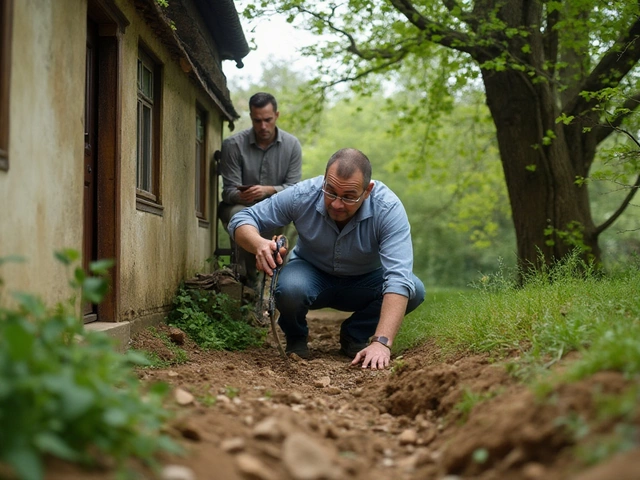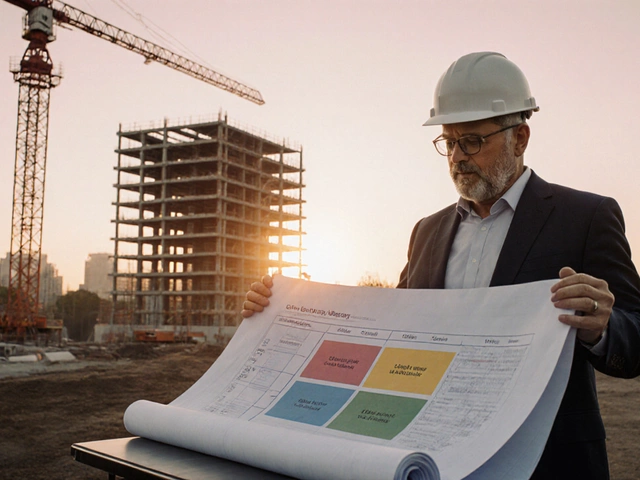Buying a New House – What You Need to Know Before You Sign
Walking into a brand‑new home feels exciting, but the excitement can hide costly mistakes. Before you hand over a deposit, take a look at the foundation, the builder’s reputation, and the fine print on what’s actually included. A quick checklist can save you weeks of hassle and thousands of pounds.
Check the Foundation and Structural Health
Even a new build can have foundation problems. Look for visible cracks in walls, uneven floors, or doors that stick. If you spot anything, ask for a structural engineer’s report. A small crack now can turn into a big repair bill later, especially if the soil shifts. Many builders offer a warranty, but it usually doesn’t cover damage caused by bad soil preparation.
Know What’s Included in the Build
New‑build contracts list “standard” fittings and “upgrades.” Standard often means basic flooring, standard kitchen cabinets, and basic fixtures. Anything beyond that—like premium tiles, upgraded appliances, or extra insulation—adds to the price. Get a detailed schedule of works and make sure you understand where the line is between standard and optional.
Don’t forget the external bits. Landscaping, driveways, and fencing are sometimes sold as extras. If you want a finished yard, ask for those costs up front. It’s easier to compare offers when you have a clear picture of what you’ll actually get.
Another hidden cost is the developer’s reserve fund. Some projects charge a “contingency” that sits in a separate account and can be drawn down later. Ask how and when that money might be used so you’re not surprised by a later invoice.
Do Your Research on the Builder
Look up reviews, past projects, and any complaints lodged with local authorities. A builder with a solid track record will usually have a smoother handover and fewer surprise snags. If possible, talk to a recent buyer—ask about the handover process, any issues that cropped up, and how quickly the builder responded.
Check if the builder is a member of a trade association. Membership often means they follow a code of practice and have insurance that protects you if the project stalls.
Plan Your Financing Wisely
Mortgage lenders look at the stage of construction. Some only release funds once the building reaches a certain milestone. Make sure your loan agreement matches the builder’s schedule, otherwise you could be left paying for work that isn’t finished yet.
Also, factor in the cost of a snag survey after completion. A professional surveyor can spot issues that you might miss and help you negotiate fixes before you move in.
Final Checklist Before Signing
1. Review the structural report and confirm no major foundation concerns.
2. Get a written list of standard versus optional items.
3. Verify the builder’s warranty terms and what it covers.
4. Understand any contingency or reserve fund charges.
5. Confirm your mortgage release schedule aligns with the build timeline.
Following these steps won’t guarantee a perfect house, but it will give you a clear picture of what you’re buying. The goal is to walk into your new home feeling confident, not worried about hidden costs or structural surprises.
What’s Included in a New Build Home: Your Ultimate Guide for Buyers

Curious about what comes with a new build? This guide digs deep into what’s included, what’s extra, and tips for getting the most from your new home.
read more



